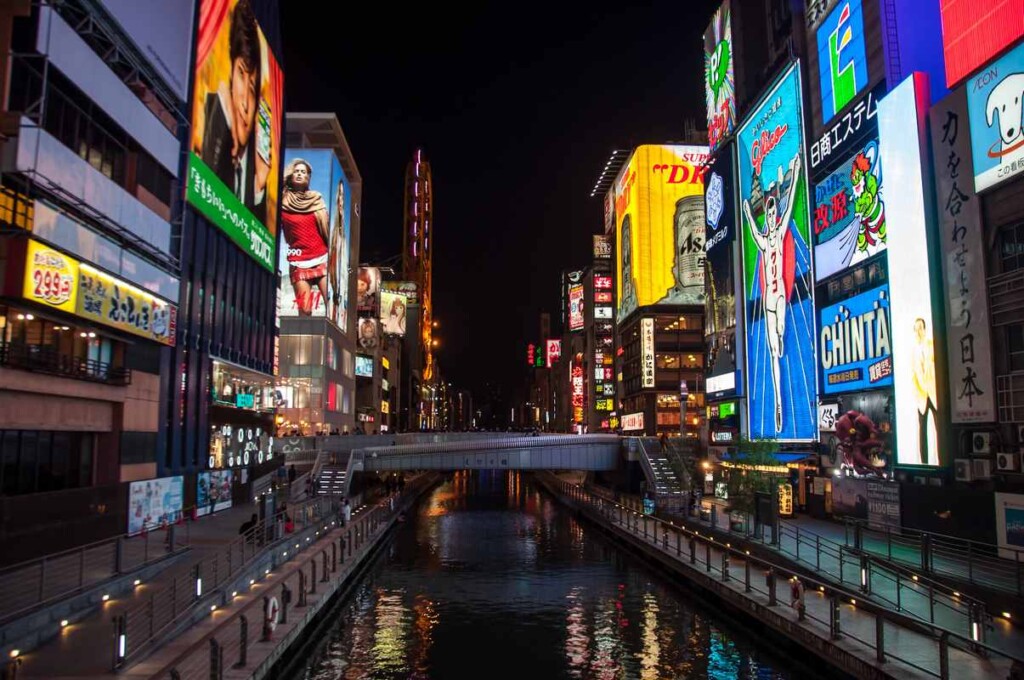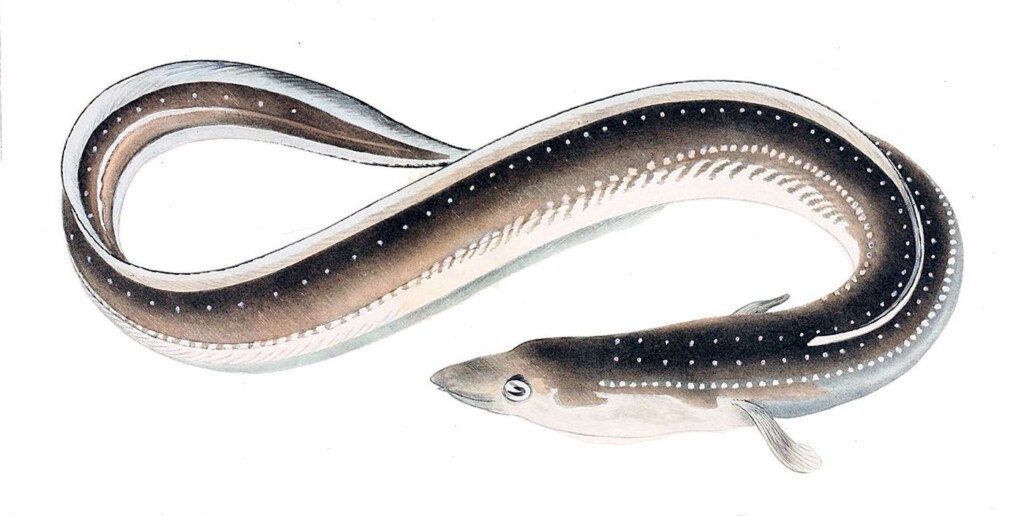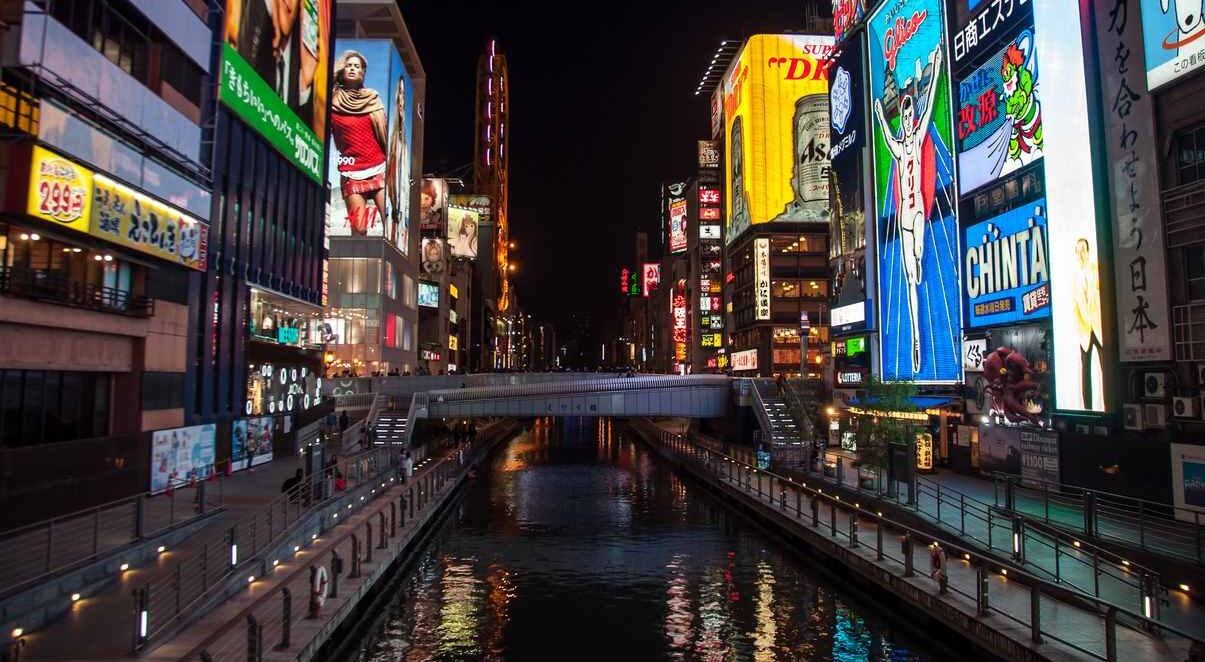
Running under the lights of a seemingly endless corridor of neon-lit advertising boards through a dense urban area of 2.7 million inhabitants, the Dotonbori River, was described as having the water quality of a “toilet bowl.”
Yet this icon of urban Japan hides a slithery secret—a surprisingly robust population of one of the country’s most beloved fish—the Anguilla japonica or Japanese eel.
Last year, the Mainichi—the oldest English daily paper in Japan, partnered with the Research Institute of Environment, Agriculture and Fisheries in the Osaka Prefecture to conduct a study on the population of eels in the Dotonbori River.
They fished up 11 individuals, which was the first time eels had ever been caught in the river under scientific observation. Three now reside at Osaka Biodiversity Research Center to help educate Osakans on the Umi no sachi or “treasures of the sea” that reside in their river.
“The institute says the study confirmed that crabs and other creatures the eels feed on also live in the river, making it a full-fledged ecosystem,” the Mainichi reports.
DNA analysis on some of the captured eels showed they probably migrated into the river from the seas surrounding Osaka.
During the extensive economic development in the post-war period, the Dotonbori was filled with pollution, but saw improvements during the 1980s after the introduction of sluice gates.
The river flows through the Minami Entertainment District, the very heart of urban life in Osaka. In fact, the eels were caught just a quarter-mile from the Ebisu Bridge, a popular tourist spot and the customary location for late-night celebrations following victories by the Osaka baseball team, the Hanshin Tigers.

The study highlights wildlife’s remarkable resilience even in the most urbanized areas, and the researchers who conducted it hope that for people who love to eat unagi, or grilled eel in restaurants, the discovery will make them take a greater interest in the preservation of habitat, urban and rural, that this national delicacy needs to survive.
ANOTHER STORY JUST LIKE THIS: Once Biologically Dead, the River Mersey in England is “Best Environmental Story in Europe”
“I’d like people to learn more about the connection between our daily lives and the places we live in,” Yoshihiko Yamamoto, the institute’s lead researcher, told National Geographic. “If people think that eels and other aquatic creatures may be living in their local rivers, they will become interested in biodiversity and conservation.”
In 2014, the International Union for the Conservation of Nature listed the rather cheery-looking A. japonica as an Endangered species based on the size and rate of population declines since the 1970s. They aren’t rare to see, buy, or catch, though, and remain dispersed across China and the Korean Peninsula.
WILDER JAPAN: Ten Years After a Tsunami Devastated Eastern Japan, a 1,000km Hiking Trail Reclaims the Coast
Yamamoto and his colleagues are petitioning the government to install fish ladders that allow fish to swim over obstacles like lochs and gates, which would help the eels migrate between the sea and river more easily. They are also dropping baskets of rocks to ensure the eels have some habitat to live in down below the flickering lights of the pachinko halls and restaurants.
SHARE This Inspiring Story Of Fishy Resilience With Your Friends…




















